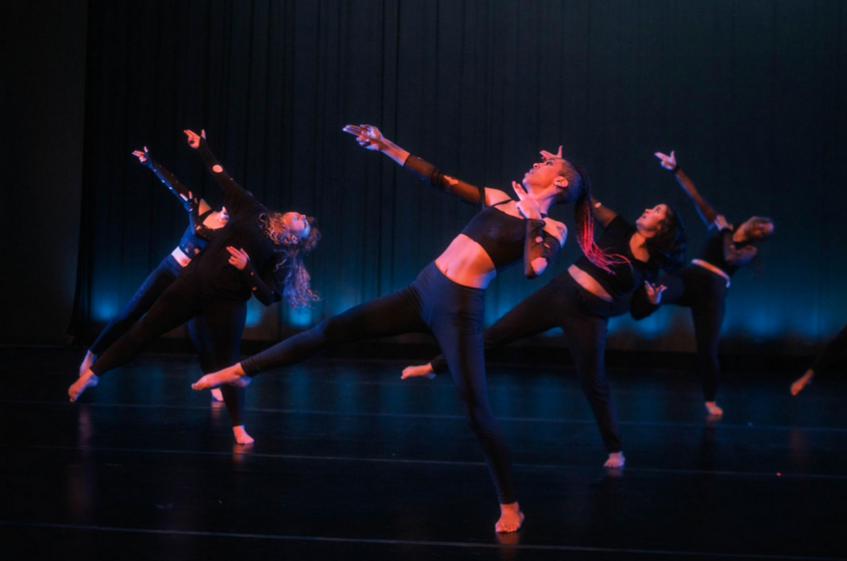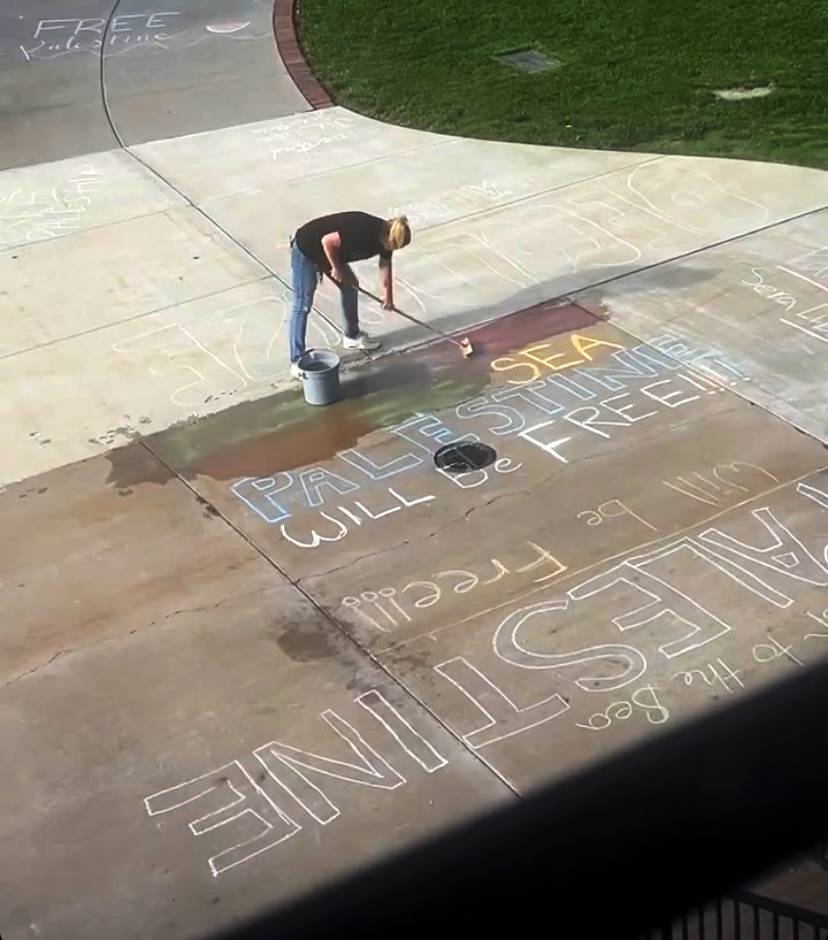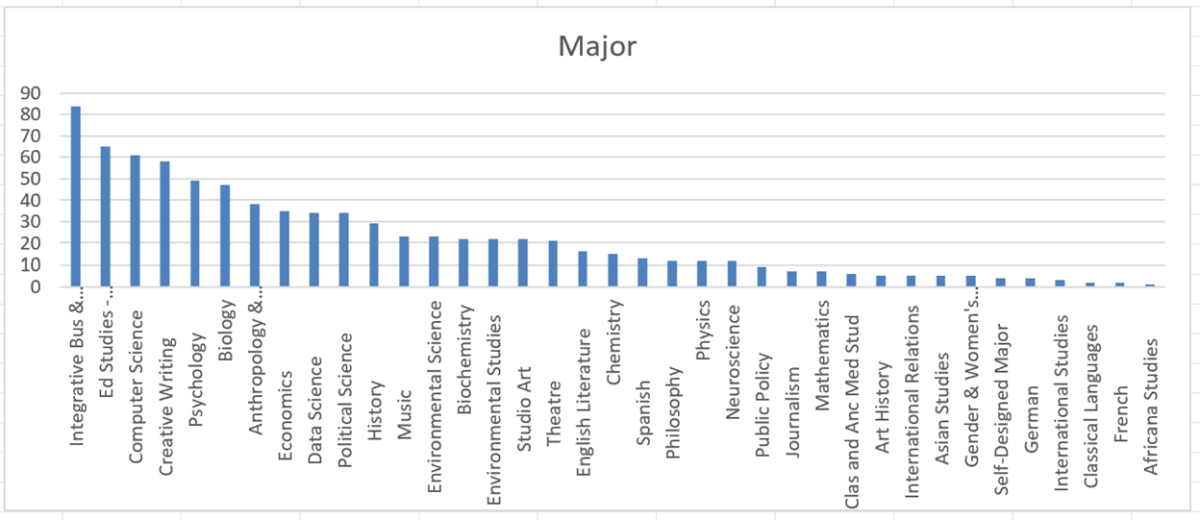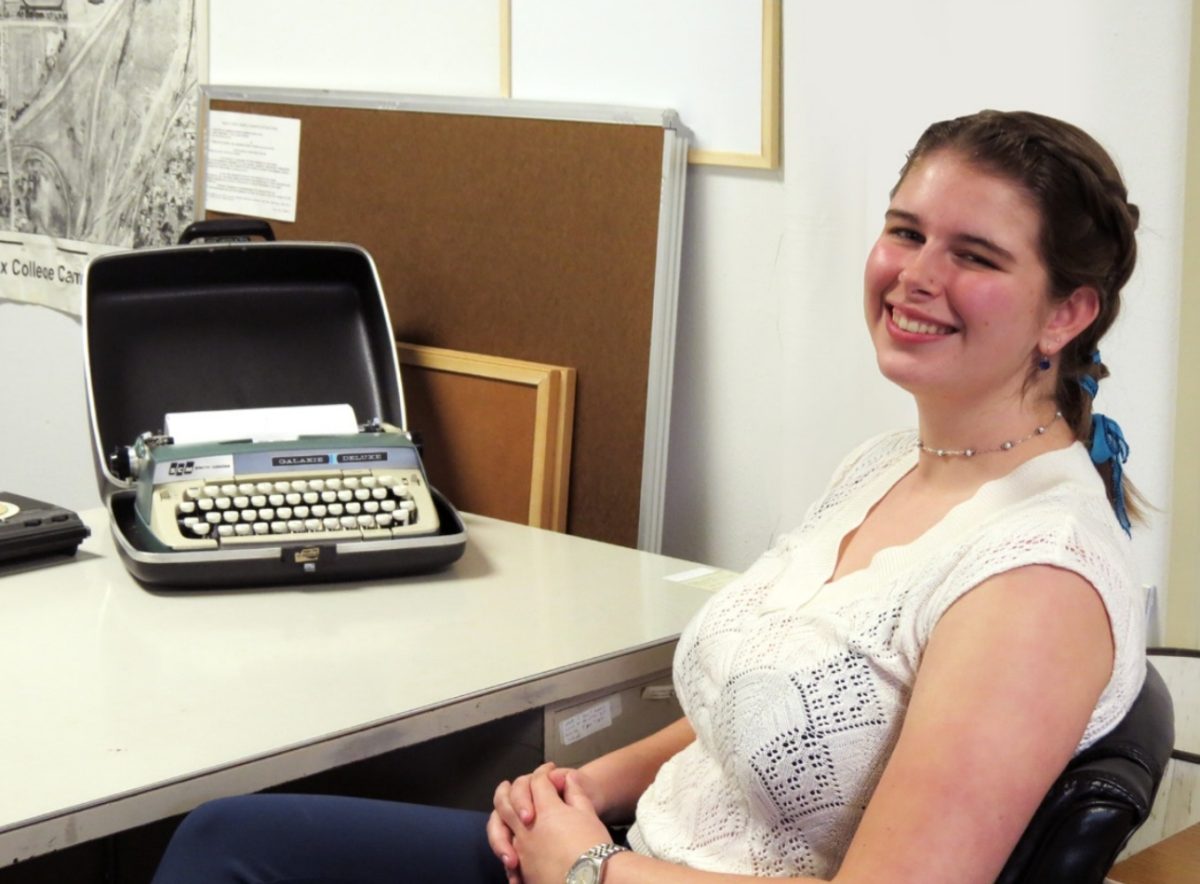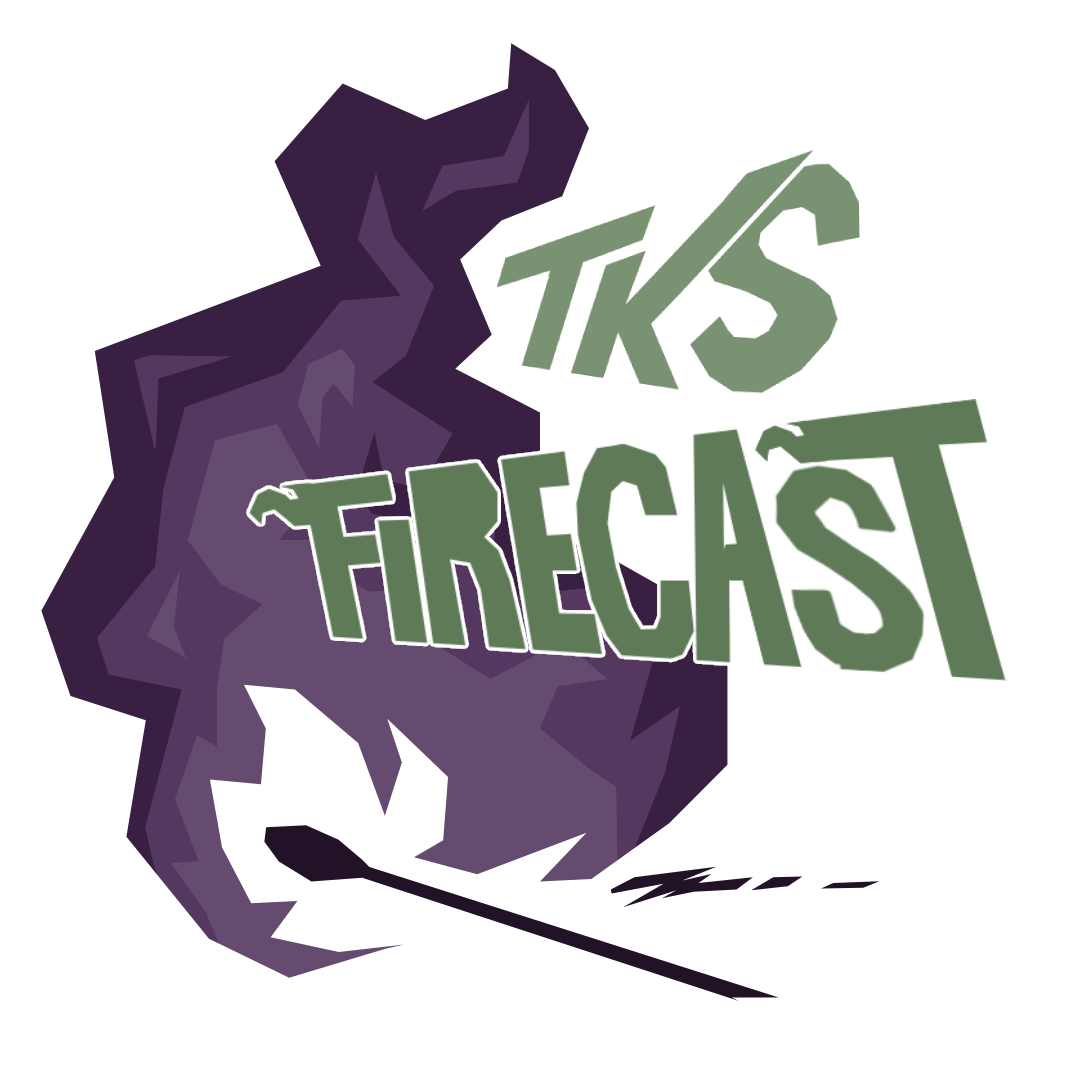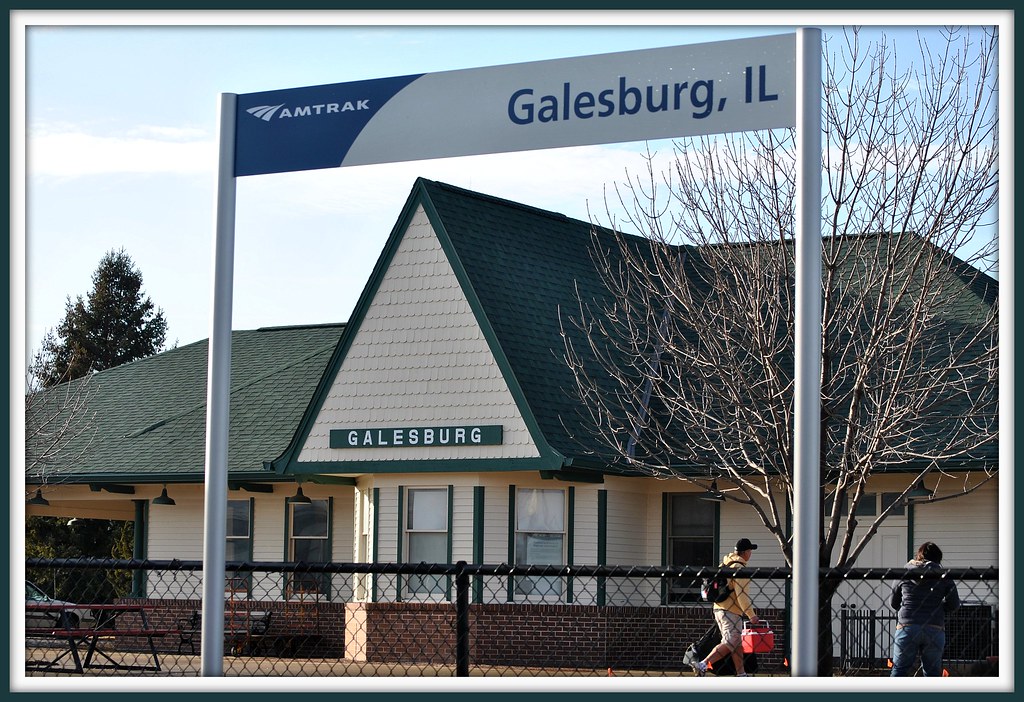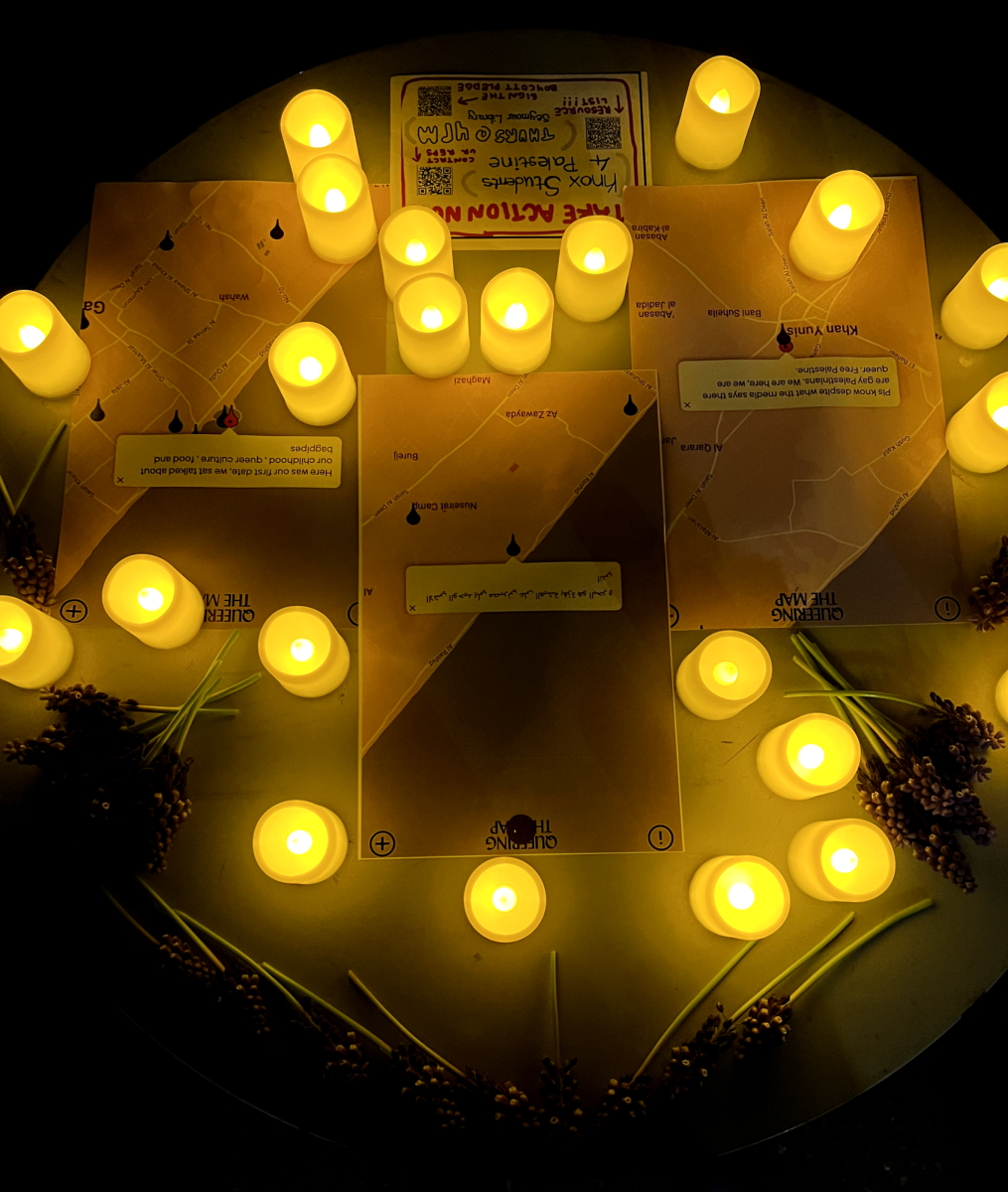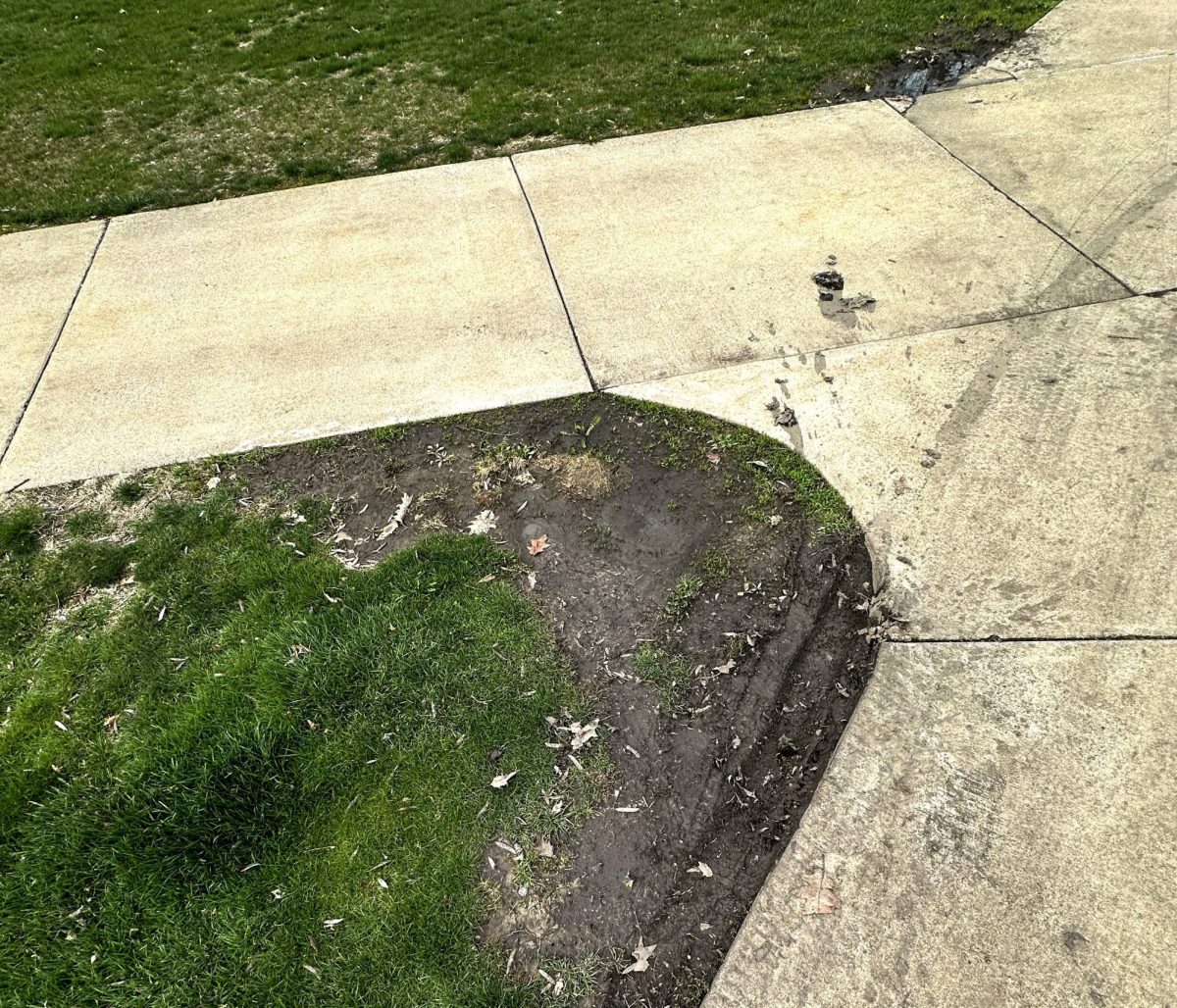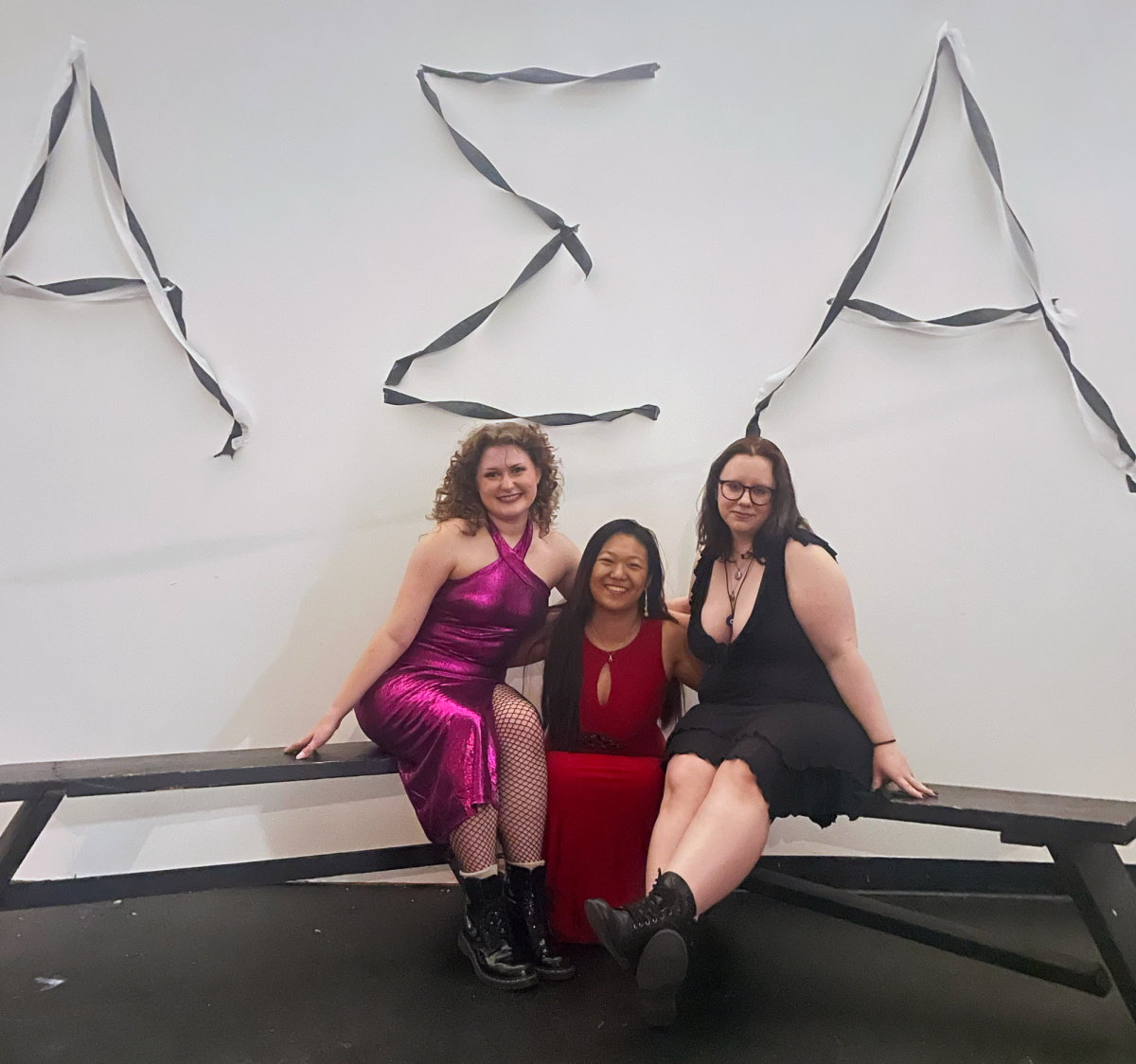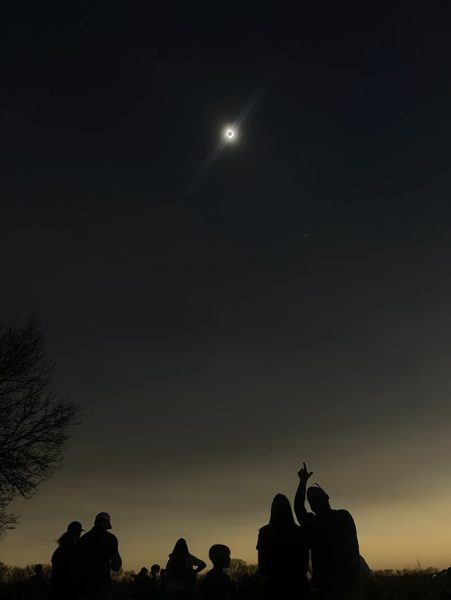
The last time there was a total solar eclipse moving across North America, I was a freshman in high school. I was in my last class of the day, which was color guard class, and my guard teacher took each of us outside, one at a time, to look at the eclipse.
We were not in the path of totality at the time, but I remember the sense of wonder that filled my chest as I watched the Moon move across the Sun, taking bite-sized pieces out of it but hardly affecting its warmth and light.
Nearly six years later, there is another solar eclipse moving across North America, and my hometown of Noblesville, Indiana is in the path of totality this time, hence my absence from campus on Monday. It’s a once in a lifetime event, to see a total solar eclipse, and in my own hometown as well.
The event began around 1:50 PM, peaking at 3:07 PM, and lasted for a total of three minutes, 27 seconds. As the Moon began to cover up the Sun, the temperature dropped, the light faded ever so slowly.
Sometime around 2:30 PM, I realized the light outside looked like it was sunny, but as seen through sunglasses. Which is weird to imagine, but describes how the light was totally bright yet dimmed at the same time.
As the clock ticked closer to 3:00 PM, the crowd fell quiet, hushed with awe at the crescent-shaped sun. Like I said, I remember the last eclipse. I remember the wonder. But that day was nothing compared to the moment at 3:06 pm EST that totality began.
The light faded away almost completely, leaving only a band of yellow sunlight on the horizon. The people around me gasped and cheered as a band of light shone around the circumference of the Moon, the only glimpse of the Sun that we could see.
Beads of light peeked out from behind the Moon, in my imagination the Sun was winking out at us, little humans all gazing at the sky in wonder.
Just three minutes later, the Moon began its move back across the Sun and sunlight quickly began to shine again, even with only 1% or 2% of the Sun visible.
The next solar eclipse to reach North America won’t be until 2044, and will only reach two or three of the northernmost states in the US. Interested onlookers will have a better time heading to Canada to glimpse this event.
Suffice to say, I’m glad I made it home for this one. Darkness in the daytime was truly a once in a lifetime experience.


